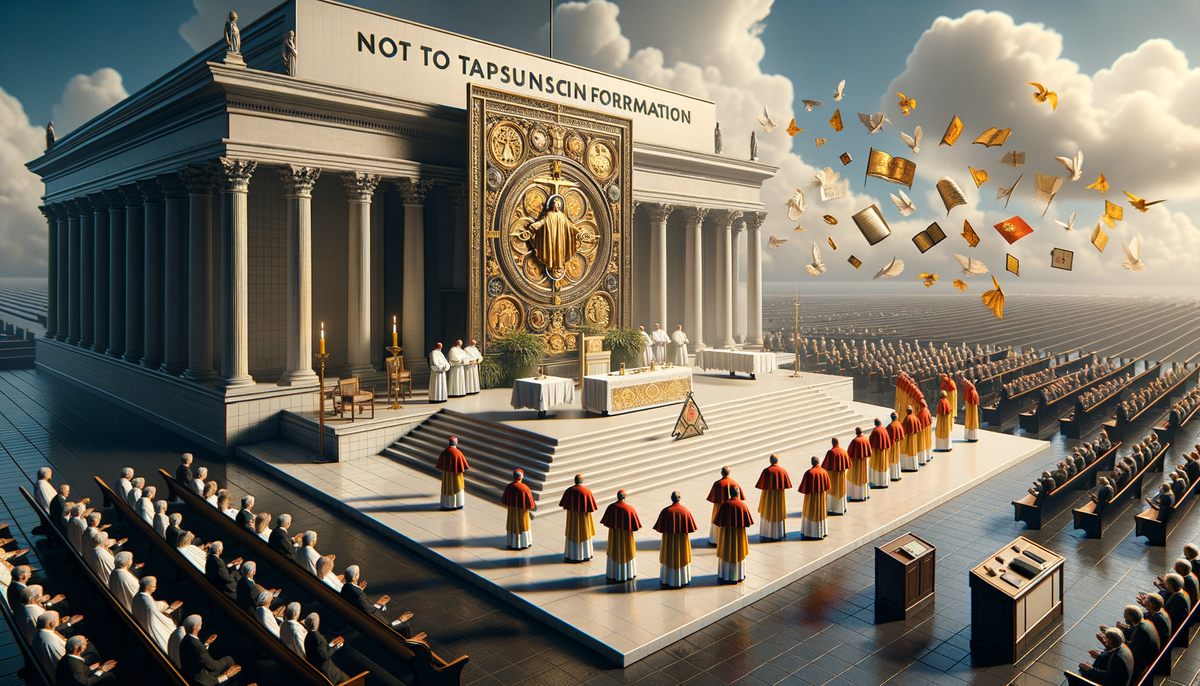Pope Francis and the College of Cardinals
Discover how Pope Francis is transforming the College of Cardinals through new appointments and the implications for the future direction of the Catholic Church.

Pope Francis and the College of Cardinals
Pope Francis continues to reshape the College of Cardinals, the body that will one day elect his successor, through frequent consistories (ceremonies for the creation of cardinals). On December 8, 2024, he announced the creation of 21 new cardinals, bringing notable diversity and reinforcing the global reach of the Catholic Church [source] [source].
Recent Consistory and Creation of New Cardinals
These cardinals hail from 18 nations, with representatives from Europe, Latin America, Asia, Africa, and a single new cardinal from North America—Archbishop Francis Leo of Toronto [source]. This marks the largest infusion of voting-age cardinals in Francis’ 11-year pontificate, further highlighting his intention to ensure the universal nature of the Church [source].
Key Appointees and Their Significance
Several of the newly created cardinals align closely with Francis’ pastoral and reform-oriented vision:
- Fr. Timothy Radcliffe, a Dominican friar known for his focus on pastoral theology, has seen renewed prominence under Francis after being sidelined in previous pontificates.
- Archbishop Francis Leo of Toronto was chosen to lead Canada’s largest diocese in 2023 and is considered a significant legacy appointment in North America.
- Only a limited number of Vatican-based officials were named, signaling Francis’ continued move to elevate leaders from the global Church over Vatican insiders.
Notably, Pope Francis created a 99-year-old former nuncio and a 44-year-old Ukrainian bishop heading the eparchy in Melbourne, Australia, reflecting his commitment to broad inclusion [source].
Numbers and Electoral Impact
As of May 2025, Pope Francis has chosen 149 of the current members of the College of Cardinals, most of whom are under age 80 and eligible to vote in a conclave for his successor. With these appointments, Francis has firmly established his influence over the future direction of the Church by ensuring the majority of future papal electors are his own appointees [source].
Broader Implications
The appointments are seen as cementing Francis’ reform agenda. The diversity in origin, spanning continents and including figures with backgrounds in pastoral care, migration, and social service, underscores Francis’ vision of a less Eurocentric, more inclusive Church. The summary table below highlights these developments:
| Date | New Cardinals Created | Main Regions Represented | Electorate Influence |
|---|---|---|---|
| Dec. 8, 2024 | 21 | Europe, Latin America, Asia, Africa, North America | Largest group of voting-age cardinals created by Francis; majority of future papal electors |
Conclusion
Pope Francis has strategically and programmatically used his power to name cardinals to broaden the Church’s global representation and advance his reform vision. With the vast majority of current cardinal-electors now being his appointees, his influence over the next papal election and the future direction of the Catholic Church is significant and enduring [source].
For those in the pope francis cardinals field, these actions underscore a crucial understanding: remaining attuned to global shifts and embracing diverse leadership is vital for impactful governance. To explore more about this dynamic evolution within the Church, we invite all interested professionals and enthusiasts to dive deeper into our detailed analyses and consultancy services.
Call to Action: Stay informed and proactive about the latest developments in the College of Cardinals by engaging with our comprehensive insights and expert services.




